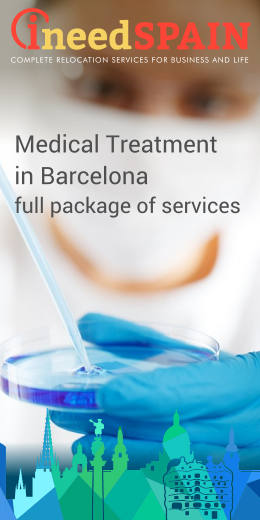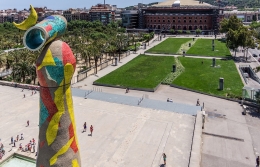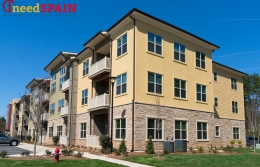
The re-integration of these areas with the rest of the park is also among the plan’s priorities.
Some of the park’s many green spaces will acquire new functions as they convert into spaces dedicated to the exploration of science and nature. The park’s popularity is constantly on the rise. According to local authorities, the planned innovations will allow the park to accommodate the growing demands on the space by visitors and residents of Barcelona.
The renovation of “historical heritage” sites is another key issue. The park grounds accommodate an ensemble of buildings that hold great architectural value yet have been closed to the general public for many years. These important sites include the Hivernacle, Umbracle, Museu Martorell de Geologia (which is partially open to the public), Castell dels Tres Dragons (which houses a small scientific center), the documentation center, and the laboratory Museu de Ciències Naturals de Barcelona. This building, designed by the architect Lluis Domenech-i-Montaner as a café-restaurant for the World Fair of 1888, has been closed since 2010 to guarantee its preservation.





